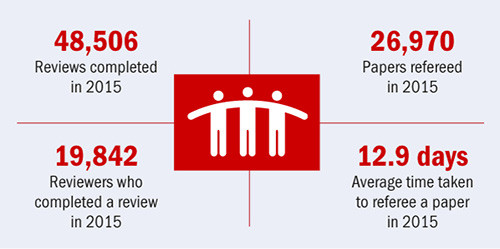Tag archives: IOP Publishing
New cosmic messengers, and what they can tell us
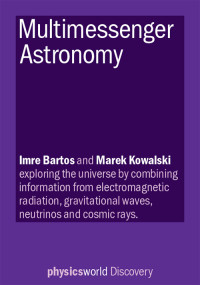 By Margaret Harris
By Margaret Harris
Immediately after last year’s announcement that the Laser Interferometer Gravitational-Wave Observatory (LIGO) had seen its first gravitational waves, a lot of the discussion centred on what the discovery meant for general relativity. This was understandable: getting further confirmation of Einstein’s century-old theory was (and is) a big deal. But in the longer term, and as the LIGO detectors notch up a few more observations (they’re currently crunching data on six new candidates), the emphasis will shift away from the waves themselves, and towards what they can tell us about the universe.
The key thing to realize here is that gravitational waves are fundamentally different from other, better-studied cosmic “messengers” that travel to Earth from distant reaches of the universe. Unlike photons, gravitational waves are not impeded by clouds of gas or dust; unlike cosmic rays, they are not deflected by electromagnetic fields. In addition, some of the most dramatic astrophysical events, such as the merger of two black holes in empty space, are “dark” or “silent” to other messengers: these events produce gravitational waves in copious quantities, but not, as far as we know, anything else.
View all posts by this author | View this author's profile
Introducing Physics World Discovery
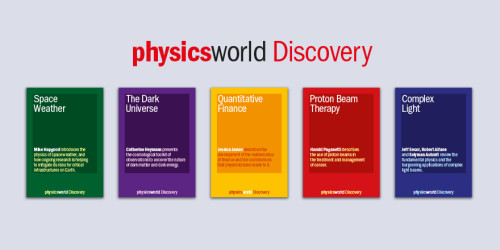
Free to read – the first five Physics World Discovery titles.
By Matin Durrani
What better way to celebrate World Book Day than by checking out Physics World‘s new series of free-to-read, short-form ebooks. Entitled Physics World Discovery, they are short introductions to some of the hottest topics in physics written by leading voices in the physics community.
Available online here, these short-form ebooks follow all the attributes of feature articles in Physics World magazine – being well written, accessible, timely and authoritative. But as ebooks, they allow authors to go into more detail than a standard Physics World feature and include plenty of graphs, diagrams and pictures too.
Being short, each title is an ideal starting point for for physicists at all stages of their careers to get quickly up to speed with an evolving physics field.
We’ve published five Physics World Discovery texts so far, with more in the pipeline. You can read them in PDF, ePUB or Kindle format, making them perfect for those wanting intellectual stimulation on a train or plane journey.
View all posts by this author | View this author's profile
The facts and figures of peer review
By Tushna Commissariat
I mentioned yesterday that it was the start of “Peer Review Week”, which this year takes “recognition for review” as its theme. Physics World is published by IOP Publishing, which makes us a “society publisher” as we’re wholly owned by the Institute of Physics – a charity. IOP Publishing is also a relatively small operation compared with other large commercial publishers, but we still pack a punch, publishing more than 70 journals.
If you’ve ever wondered just how big a deal peer review is to the publishing sector, the infographic above (click on it to see the whole graphic) reveals some key figures such as the number of reviews completed last year at IOP Publishing, the average time taken to complete a review, as well as the reviewers’ geographical spread.
View all posts by this author | View this author's profile
What it’s like collaborating with physicists in China
By Matin Durrani
Barry Sanders – director of the Institute for Quantum Science and Technology at the University of Calgary, Canada – last week visited the headquarters of IOP Publishing, which publishes Physics World.
Sanders has just taken over from Eberhard Bodenschatz as editor-in-chief of New Journal of Physics, and it’s a coup to have him in the role, not least because he’s an incredibly busy physicist, making – by his reckoning – at least 150 international flights a year.
Exploring the expanding world of high-temperature superconductors
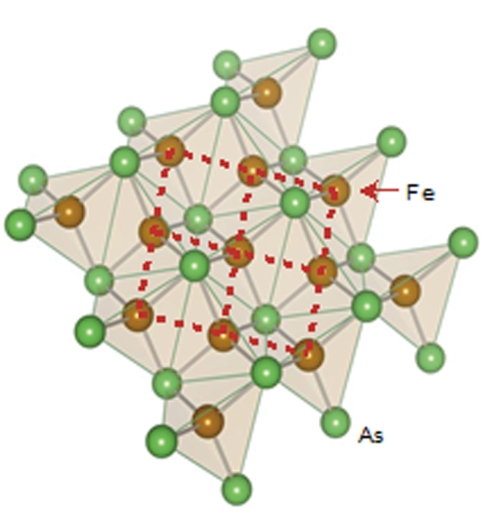
Layered look: iron (brown) and arsenic (green) atoms in the conducting layer of a pnictide.
By Hamish Johnston
High-temperature (high-Tc) superconductivity has given hope and heartbreak in equal measure to physicists since the phenomenon was first discovered in 1986.
The hope is two-fold: that we will soon understand why superconductivity arises in this complex group of materials; and that this knowledge will lead us to a material that is a superconductor at room temperature. The former would be a triumph of the physics of highly correlated systems and the latter would spark a technological revolution.
View all posts by this author | View this author's profile
Working at the interface of physics and biology
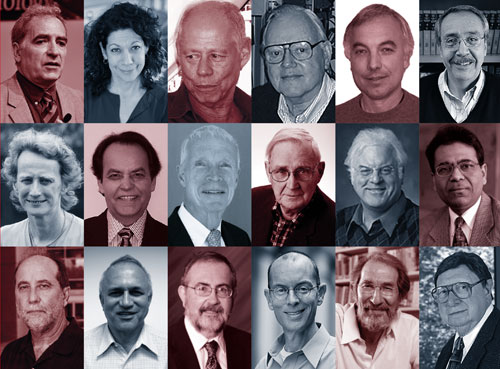
Face to face at the interface between physics and biology.
By Michael Bishop
In the 60 years since James Watson and Francis Crick brought physics and biology together to unveil the molecular structure of DNA, the boundary between the two disciplines has continued to become increasingly blurred.
In this post-genomic era, ever more principles from physics have been applied to living systems in an attempt to understand complexity at all levels.
Yet cultural differences still exist between physicists and biologists, as is made clear in a set of excellent perspectives in the journal Physical Biology, published by IOP Publishing, which also publishes Physics World.
In “Perspectives on working at the physics–biology interface”, a group of eminent scientists give their accounts of working at the interface of physics and biology, describing the opportunities that have presented themselves and outlining some of the problems that they continue to face when working across two fields with quite different traditions.
View all posts by this author | View this author's profile
New prize targets student science journalism

Courtesy: iStock/Jay Lazarin.
By James Dacey
There are many routes into science journalism, and my own journey was certainly not carved into a stone tablet when I was a child. In short, I was always fascinated by the ideas and concepts of science but my real passion was the communication of those ideas to others. (I was also fairly useless at the practical aspects of my BSc in natural sciences.) It was only later on, during my Master’s degree when I started writing for the student newspaper, that I started to seriously think about making a career out of this journalism game. I vividly remember the excitement of seeing my name in print those first few times. The idea that someone might actually pay me to include my name in their publication was too much to resist.
I knew of course that I was not alone in this career choice. The crucial next step for any budding journo is to build a strong portfolio of work and achievements to mark you out from the crowd. This helps you to grab the attention of those potential employers, who will quite likely be hurling you straight onto the front line of their operation as a junior reporter.
View all posts by this author | View this author's profile
